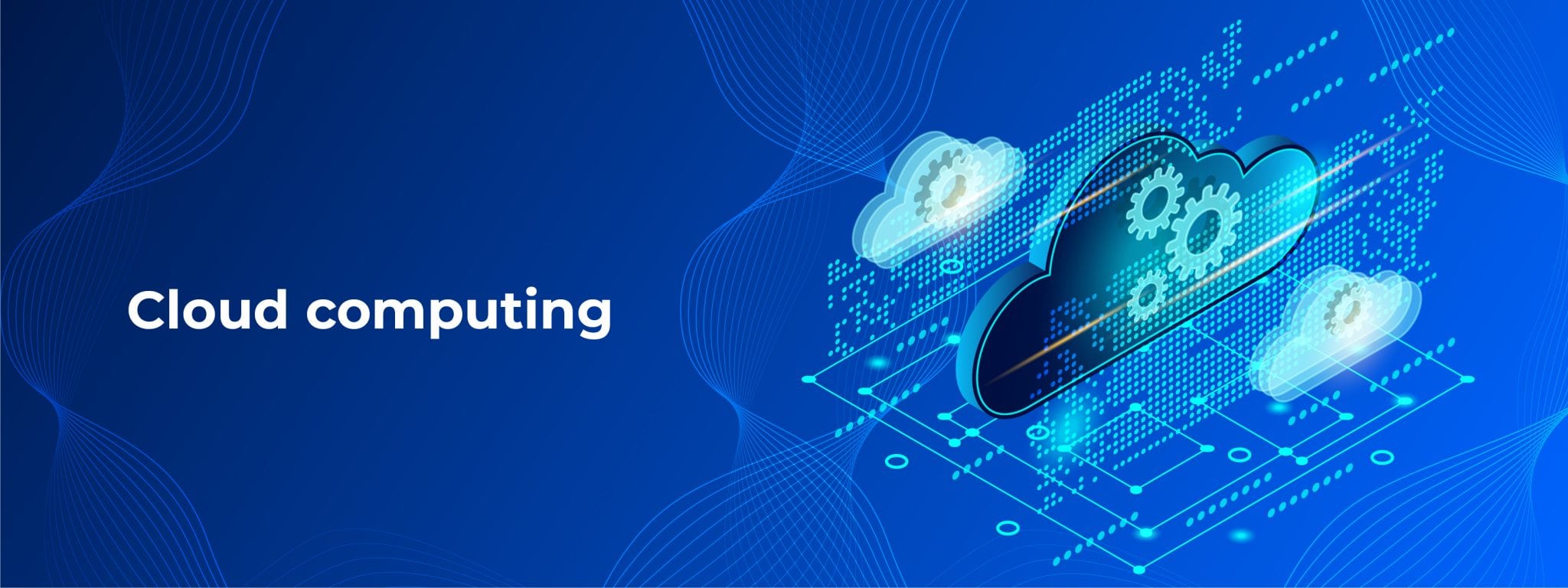The Future of IT: Emerging Technologies in Malaysia
Over the last few years, the world has witnessed significant disruptions – Brexit, Covid, Ukraine war being the choicest few. These events have forced us to change the way we operate. Digital Technologies have permeated every facet of life, from nations’ political infrastructure to global businesses. Enterprises have had to rethink priorities, reinvent their business models and realign to the new normal. In line with this global sentiment, Malaysian industries are also gearing up to fuel their growth through technology adoptions and innovations. The biggest indicator of this trend is the Malaysian government’s 2023 budget proposal to invest RM 5.6 billion in research, development & innovation, particularly in the areas of Cyber Security, AI Automation, and Cloud Computing. These technologies have the potential to revolutionize the way businesses operate and serve their customers.
In this blog post, we explore the future of IT in Malaysia and how these emerging technologies are likely to impact businesses in various day-to-day as well as strategic aspects-

Malaysia is a growing economic powerhouse in Southeast Asia, with a booming technology sector. This makes it an attractive target for cybercriminals looking to steal sensitive data, intellectual property, or financial information. In 2022 itself, 76% of the surveyed companies reported a cyberattack according to a Kroll report. A few areas of concern that warrant a robust cybersecurity infrastructure for businesses are-
Increasing reliance on technology: Malaysia’s IT industry is rapidly growing, and there is an increasing reliance on technology across all sectors of the economy. This reliance on technology has led to an increase in cyber threats, making cybersecurity a critical concern.
Lack of cybersecurity awareness: Despite the growing threat of cybercrime, many individuals and organizations in Malaysia are not adequately prepared to protect themselves from cyber-attacks. This lack of awareness can make them easy targets for cybercriminals.
Increased cybercrime: Cybercrime is becoming more sophisticated, and the number of cyber attacks is on the rise globally. Malaysia is not immune to this trend, and cyber threats such as ransomware attacks, phishing, and malware attacks are becoming more common.
Compliance requirements: Many industries in Malaysia are subject to regulatory compliance requirements that mandate the implementation of cybersecurity measures. Failure to comply with these regulations can result in significant fines and legal consequences.

Artificial intelligence (AI), automation, and robotic process automation (RPA) have become significant disruptors in the global business landscape, and their influence on Malaysian industries cannot be overlooked. The country has seen a substantial increase in the adoption of these technologies across sectors, such as manufacturing, banking, healthcare, logistics, and telecommunications. Companies are leveraging these to enhance operational efficiency, customer experience, productivity, and cost reduction. With the government’s digital transformation initiatives, there is a growing recognition of the advantages of these technologies and their potential to revolutionize the country’s business landscape. Some of the noteworthy benefits that the industries could leverage with AI adoption are-
Improved healthcare: Malaysia’s healthcare industry can benefit from AI-powered diagnostic tools, telemedicine, and predictive analytics, improving patient outcomes and reducing costs.
Enhanced financial services: AI can help detect fraudulent activities, streamline credit assessment processes, and provide personalized financial advice, benefiting the banking and financial services industry in Malaysia.
Improved manufacturing processes: In principle, AI could unlock more than $13 trillion in the global economy and boost GDP by 2% per year as per WEF 2022 report. However, companies struggle to tap into the value that AI applications can create. AI can help optimize manufacturing processes, reduce waste, and increase production efficiency in industries such as electronics, automotive, and semiconductors.
Better logistics and supply chain management: AI can help optimize transportation routes, forecast demand, and manage inventory, resulting in cost savings and increased efficiency for logistics and supply chain companies in Malaysia.
Not only these but there are many more industry sectors and social sectors that can benefit immensely from AI adoption like agriculture, transportation, education, social services, environmental conservation, energy optimization, and public security. No doubt that such a disrupting innovation will lead to debates on the ethics and challenges of its adoption. Concerns around job displacement, data privacy and security, regulatory and legal frameworks, skill gaps, and training abound and cannot be turned a blind eye to when talking about essentially employing machines to replace a human. Although legitimate and fairly grave, these concerns are not insurmountable and can be overcome with a mindful approach, effort, and checks in place to offset preventable “side effects”.

For starters, cloud computing is a method of delivering computing services over the internet, allowing users to access services such as storage, processing, and applications on-demand from anywhere, using any device with an internet connection. Since the tech boom of the pandemic years necessitating remote workers, businesses migrating online and more importantly to the cloud has become the norm. Let us have a small peek into why exactly that has been the case and why the trend is here to stay-
Scalability: One of the main benefits of cloud computing is its ability to improve scalability, as businesses can quickly and easily scale their computing needs up or down as required, paying only for the services they use. This makes it easier for businesses to adjust to changing demand and avoid unnecessary costs.
Accessibility: With cloud computing, users can access computing services from anywhere, at any time, using any device with an internet connection. This means that businesses can easily collaborate with remote employees or partners, access data and applications from multiple locations, and provide customers with on-demand services and support.
Cost benefits: Having your business’ running mill on the cloud simplifies IT infrastructure management. By outsourcing their computing needs to a third-party provider, businesses can avoid the upfront costs of purchasing and maintaining in-house hardware and infrastructure. Moreover, operational costs such as electricity, cooling, and maintenance plus day-to-day management of the infrastructure, including security, updates, and backups are also taken care of by the providers. This frees up businesses to focus on their core operations.
As we look ahead, there are countless technology trends that are set to shape the future of industries both locally and globally. While we have discussed the top three trends, there are many more advancements that decision makers and professionals can anticipate. As businesses continue to evolve and adopt new technologies, they may face challenges when it comes to finding skilled talent and justifying their investments in terms of ROI. However, with careful planning and concerted efforts, these obstacles can be overcome. Even for companies that cannot commit to investing in in-house resources, outsourcing remains a viable option.
In any case, it is important not to fall behind during this growth spurt. With so many opportunities for innovation and progress, there is no reason to be left behind unless one actively resists change. By embracing emerging technologies and adapting to new ways of doing business, organisations can position themselves for long-term success.


